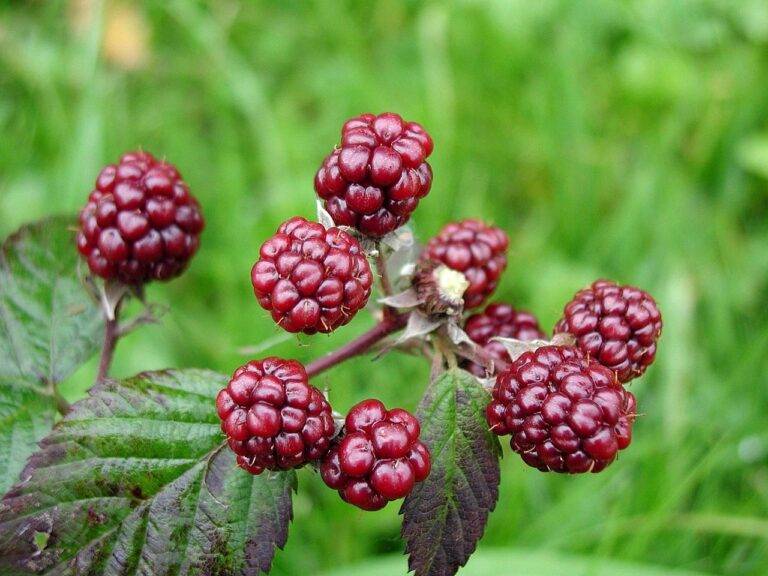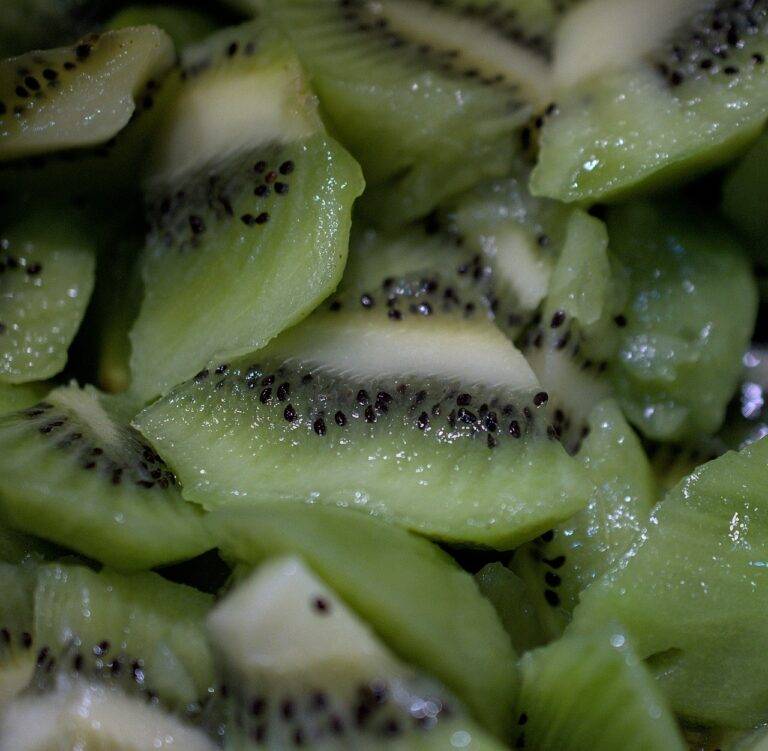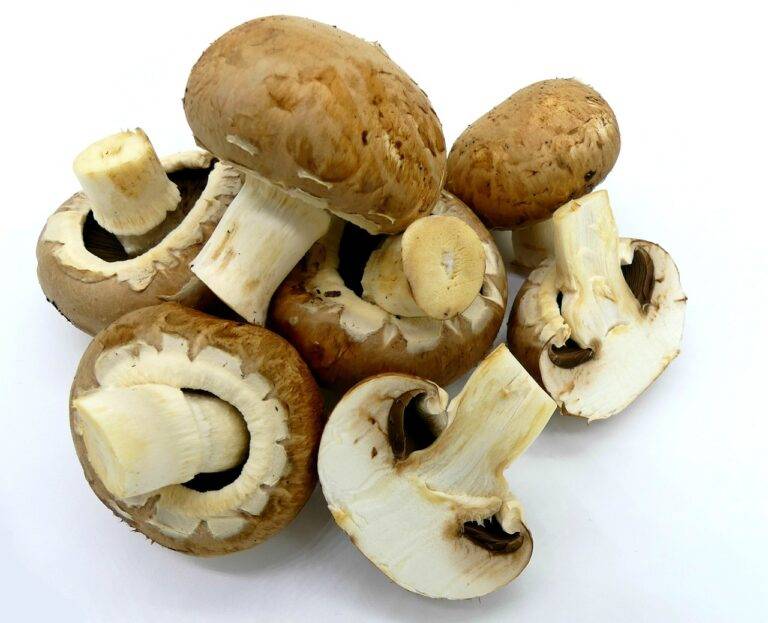The Art of Food Preservation: Rediscovering Ancient Techniques for Modern Times.
Food preservation serves as a crucial practice that enables societies to store and consume food over extended periods. By employing various preservation methods, communities can mitigate food spoilage and waste, ensuring a stable food supply throughout the year. This endurance is especially significant in times of scarcity or unfavorable conditions when fresh produce is not readily available.
Moreover, food preservation plays a pivotal role in enhancing food security for populations worldwide. By preserving surplus food during abundant seasons, societies can prepare for times of scarcity or emergencies, reducing reliance on immediate food availability. This proactive approach to food preservation contributes to the sustainability of food systems and supports economic stability by reducing food losses and promoting resource efficiency.
Methods of Food Preservation Throughout History
Food preservation has been a vital practice throughout history to ensure a stable food supply. One of the earliest methods utilized was drying, where food was left in the sun or air to remove moisture. This technique was commonly used by ancient civilizations like the Egyptians and Mesopotamians to preserve fruits, meat, and fish for extended periods.
Another prevalent method of food preservation was fermentation. This process involved the conversion of sugars into alcohol or organic acids, creating an acidic environment that inhibited the growth of harmful bacteria. Fermentation was widely employed in preserving foods such as vegetables, fruits, dairy, and beverages across different cultures globally.
Why is food preservation important?
Food preservation is important to prevent food spoilage, extend the shelf life of perishable foods, and ensure a stable food supply throughout the year.
What are some traditional methods of food preservation throughout history?
Some traditional methods of food preservation include drying, salting, smoking, fermenting, and pickling.
How has food preservation evolved over time?
Food preservation has evolved with advancements in technology, leading to the development of modern methods such as canning, freezing, and vacuum packaging.
What are the benefits of using different methods of food preservation?
Different methods of food preservation offer various benefits, such as retaining nutrients, enhancing flavor, and reducing food waste.
How can I choose the right method of food preservation for different types of foods?
The right method of food preservation depends on the type of food, its moisture content, storage conditions, and desired shelf life. It is important to consider these factors when selecting a preservation method.





